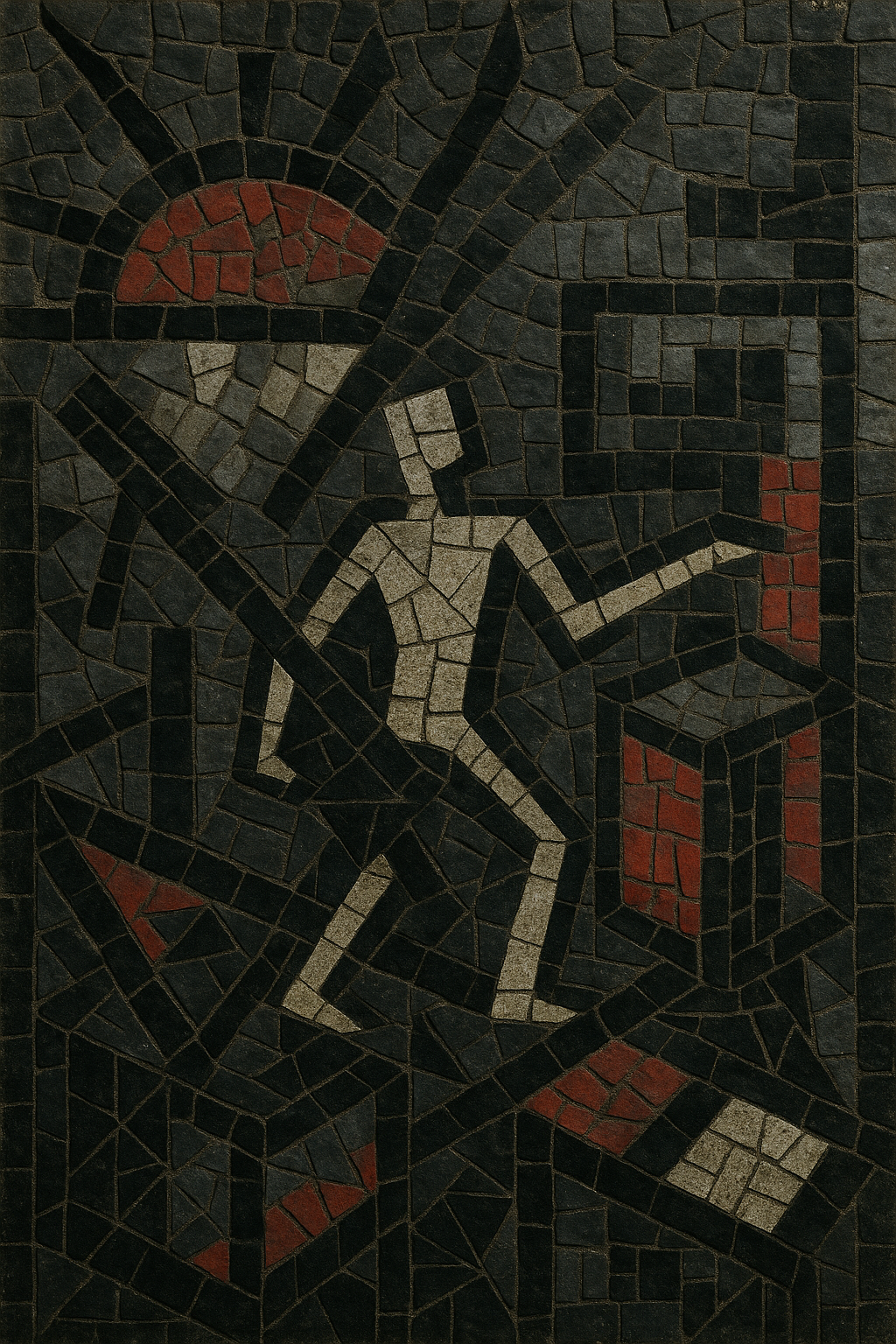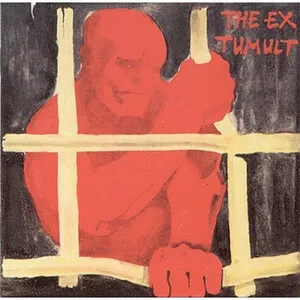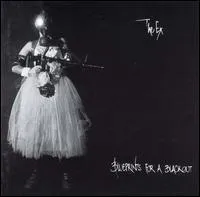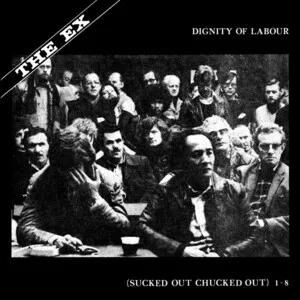Ultra is a Dutch early-1980s post‑punk/art‑music movement that blended angular guitars, minimal electronics, and performance‑art concepts. Emerging from art schools, squats, and independent venues, it favored a stark, reductionist sound built from drum machines, monotone bass figures, brittle guitar sketches, and cheap synths.
Beyond a sonic palette, Ultra was a DIY network of bands, zines, and labels (notably Plurex, Torso) and was championed by the magazine Vinyl, which documented the scene and issued cassettes. Its aesthetics leaned toward collage, xeroxed graphics, conceptual lyrics, and spoken‑word delivery, positioning the movement between post‑punk, minimal wave, and experimental electronics.
Ultra coalesced in the Netherlands at the turn of the 1980s, as art‑school musicians and DIY punk veterans sought more experimental, concept‑driven forms. Inspired by UK/US post‑punk and NYC no wave, Dutch groups embraced minimal means—budget drum machines, cassette portastudios, and compact synths—while foregrounding process, texture, and performance.
Amsterdam and Nijmegen became hubs. Clubs and squats hosted “Ultra” nights, while the magazine Vinyl covered the scene, published manifestos, and bundled tapes. Independent labels such as Plurex (run by Minny Pops’ Wally van Middendorp) and Torso released pivotal records. The sound ranged from skeletal post‑punk to minimal electronic sketches and tape experiments, unified by a stark, conceptual aesthetic and a resistance to rock orthodoxy.
Ultra acts treated songs like installations: repetitive bass ostinati, clipped guitar motifs, monotone or spoken vocals, and dry, mechanical rhythms. Visual art, performance pieces, and xerox‑style design were integral, and releases often appeared as limited cassettes or 7" singles.
Although short‑lived, Ultra seeded Dutch minimal synth/wave and informed later European DIY electronics. Its emphasis on reduction, concept, and lo‑fi production foreshadowed minimal wave reissues, post‑punk revivals, and indietronica’s merger of guitars and machines.








